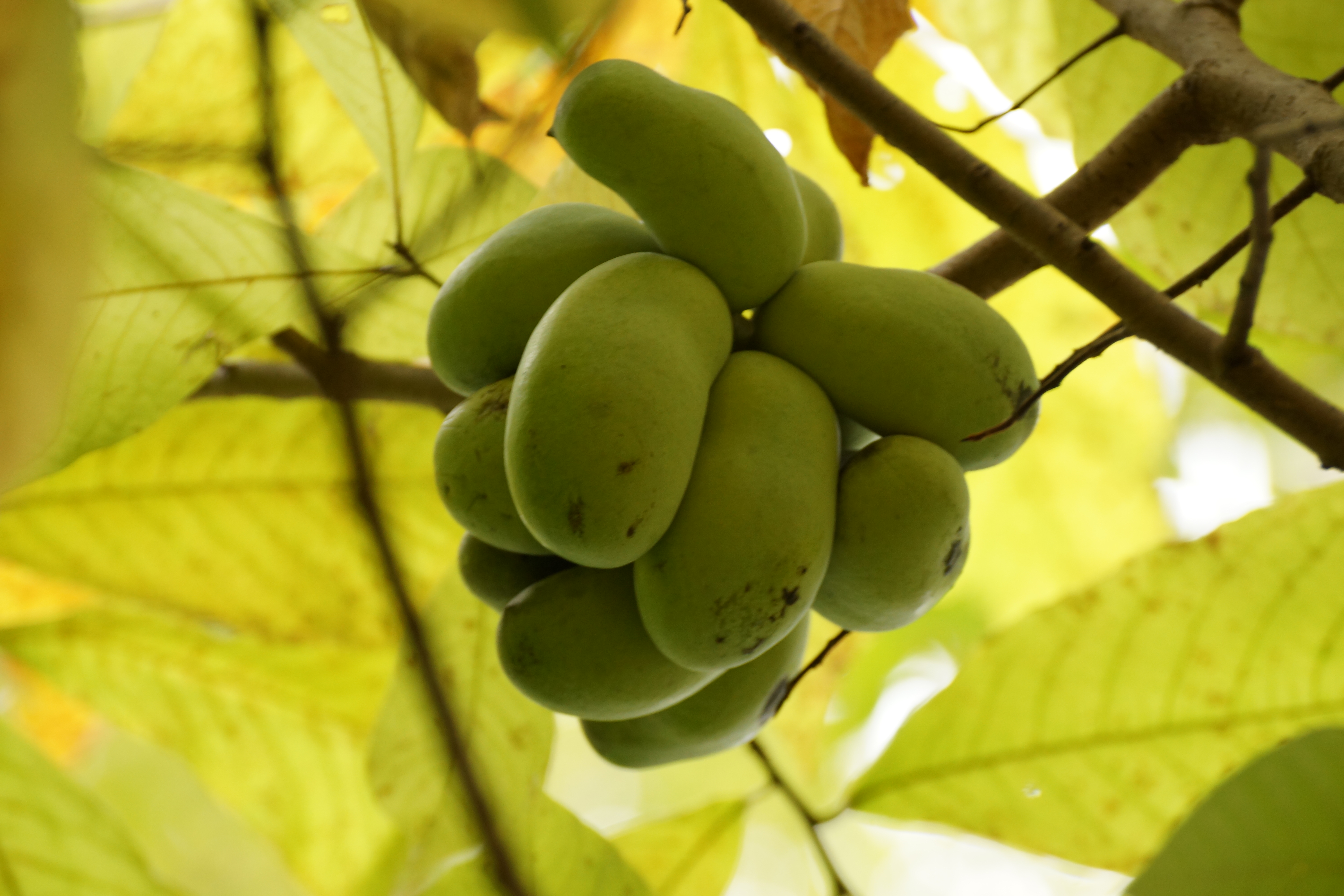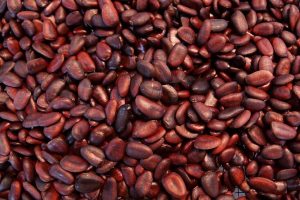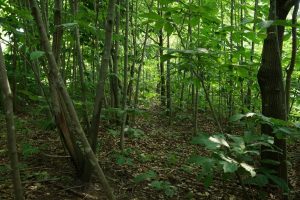Experience-Seeds-Knowledge-Plant Discoveries-Ecological Enrichment-Join Now Click Here!


Pawpaw Seeds-Create a Whole Forest


I am always surprised to find that no animals will consume the pawpaw seed. There is really only a very insanely small number of seeds that animals or insects will not eat. I often viewed my nursery seed beds as the most valuable portion of my nursery as well as the most expensive buffet of wildlife food all at once. I always look for nibbling or chunks missing out of pawpaw seeds that I miss when harvesting my fruit. Sometimes I will see the seeds on the ground completely cleaned of fruit yet no one touches the seed. There they sit every spring clean as a whistle. They look like giant brown lima beans staring up at me. Sometimes they get buried under leaves or deer push them into the ground with their hooves. That is where the magic begins-new plants are established. I got inspired by this method and began direct seeding into a woodland with very good results. No one dug up the seeds and they never got eaten so the tree percentage was above 90 percent. In the woods, it took longer for them to fruit from seed than if they were out in an open field. But one plant fruited when it was 4 years old. But most took 10 years from seed in a less cultivated forest type scenario. I like the pawpaw and the fruits are a wonderful treat in the fall. I love to eat nothing but pawpaw fruit for lunch. I am sure if you had wild plantings people would stop in the fall to collect and eat the fruit if only once. I would probably guerilla style plant these but all these public places I know of love herbicides too much to risk it. But I did find a public park where they do not spray so I may give it a shot this fall and carry the seed with me. It is easy to do and requires only a small slit in the soft forest soil about 2-3 inches deep or so in the fall prior to snow if possible. I would likely create a row of them to make it look more apparent they were planted by someone which may aid in their care. I would love to plant them in nearby land conservancy held lands but that is strictly forbidden. Plus they love the herbicides and burning. Likely they would not survive long in managed landscapes either as it all about removing the understory plants. It is kind of too bad as they thrive under autumn olive and multiflora rose.
Seeds of the pawpaw are one of those perishable species that break down easily even in refrigeration. So it is best to start fresh every year. For me, I use a Dybvig processor and do a couple of passes about a week apart to remove even the teeniest pieces of fruit to prevent the start of decay. As they are pulped I put the seeds directly in refrigeration. I may remove them about a month in and clean them again to make sure no mold will form during dormancy under refrigeration. The temperatures are between 34F to 43F. I keep a maximum minimum thermometer to note any changes.
When you buy pawpaw seeds from my farm, they are harvested, processed and then kept moist. This was an issue for a long time by the seed and gardening community which was unaware of this requirement. Many on line sources did not know this and treated the seeds like cherry pits putting them in paper envelopes. Even for a few days, leaving the seeds out to air dry will destroy the seed as they break down quickly. Now I have noticed many pawpaw Facebook groups that understand this and let people know of these requirements along with the 50 percent shade over the seedlings the first year. This has greatly increased the use of propagation from seed pawpaws and of course everyone is PM ing everyone in these groups with their seed offers. This is a good way to distribute the seeds of a plant and of course the means to grow it successfully. I like that a lot.
All of my pawpaw seeds are harvested from the many trees at my farm. Some of the newer ones this year are from a group I found 30 years ago along a roadside near a public park. They were smaller fruited but super heavy in production. The seedlings from this group had very dense solid clusters of fruits in groups of three or more. The flavor was good as well. This appeared in the seedlings at the farm as well. Another selection is from a large fruited type near the Mississippi River that someone gave me seed of. To name a pawpaw variety is a bit of a challenge for me in that the seed count plays a role in the fruit as well as the flavor. Flavor in particular is a very subtle thing and it is hard to compare for me. Some new clonal selections will likely be named this year. After collecting many wild pawpaws in southwestern Michigan, having high yields is a priority for me more important than a certain flavor profile and seed count. With that in mind, I should be able to find a few plants worthy of naming and cloning for future orchards. But I am not in a rush and want to have something that everyone will enjoy eating. Seeds available in 500, 1000 and 5000 quantities.